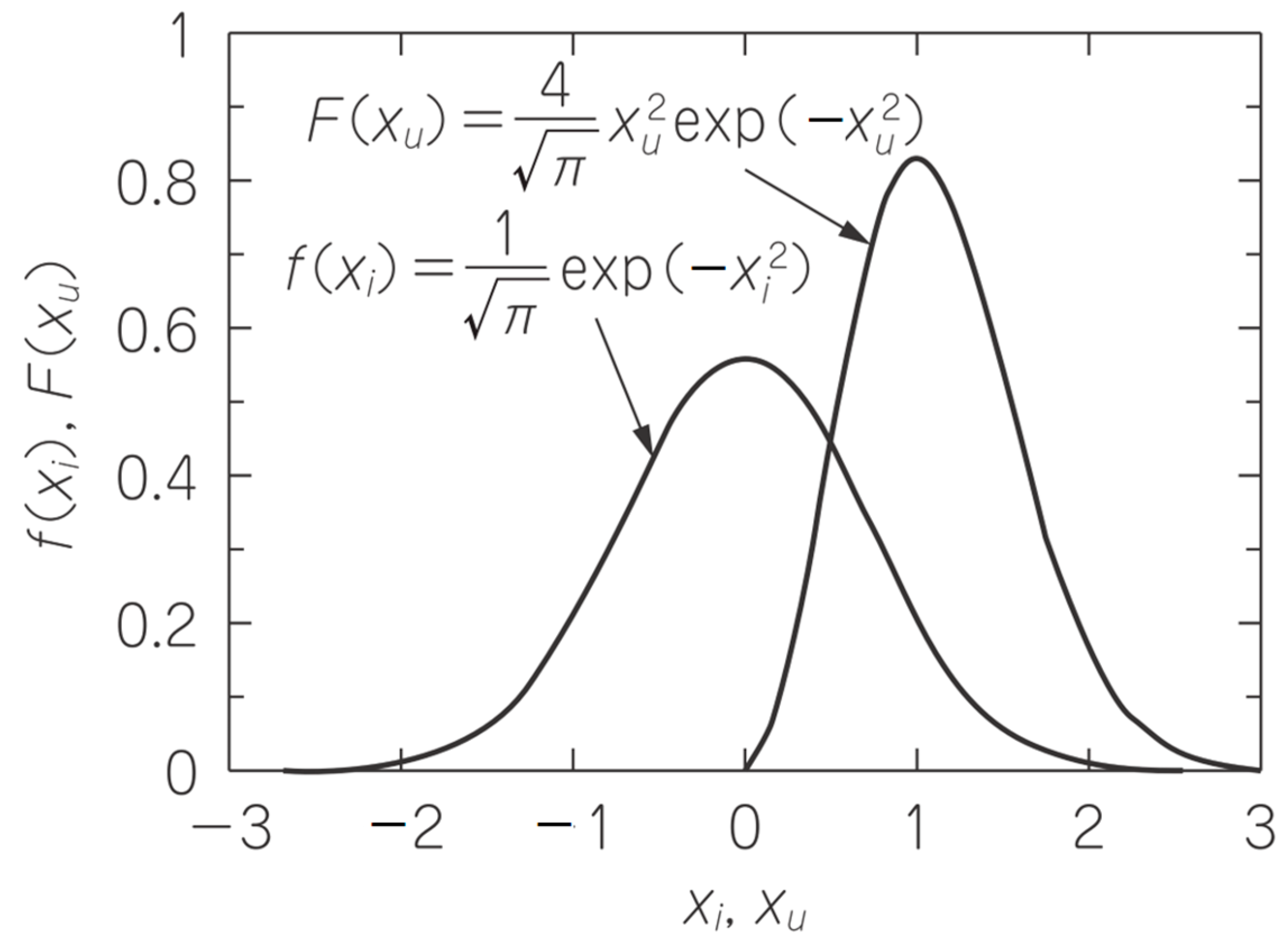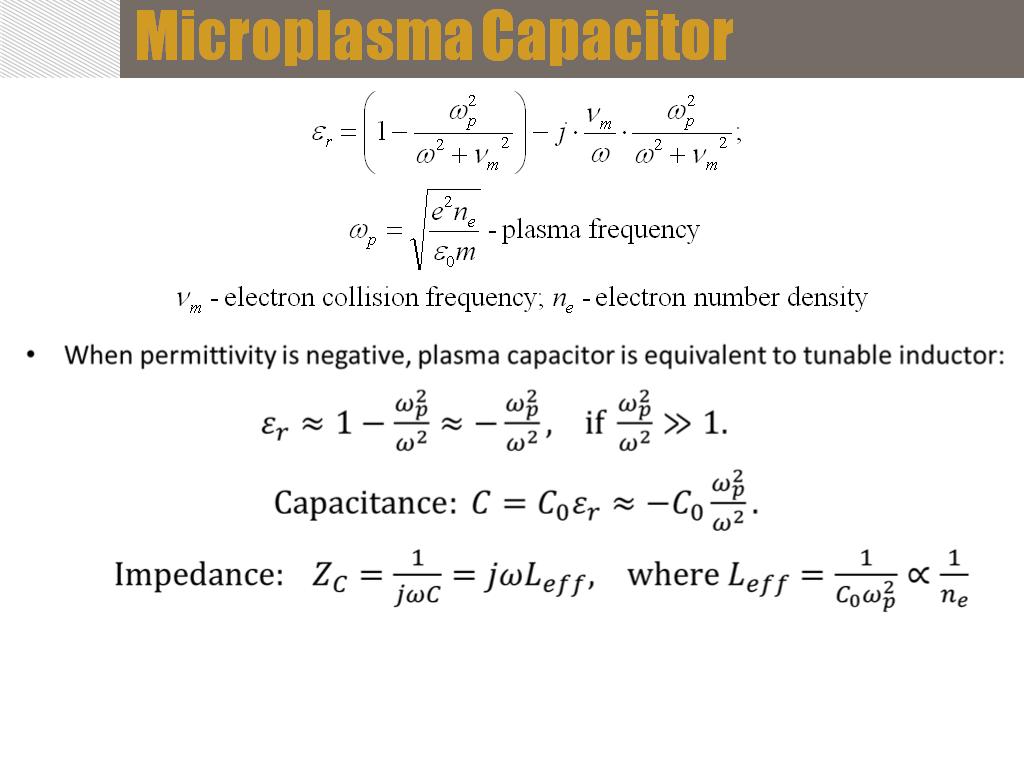Plasma waves in the fluid picture I Langmuir oscillations and waves Ion-acoustic waves Debye length Ordinary electromagnetic waves General wave equation. - ppt download
4.8 (163) · $ 8.50 · In stock

Langmuir oscillations II Continuity: Momentum: Poisson: Taking the time derivative yields the linear wave equation: It can easily be solved by a simple temporal oscillation with the angular frequency: The electron fluid equations read: Electron plasma frequency
Plasma waves in the fluid picture I Langmuir oscillations and waves Ion-acoustic waves Debye length Ordinary electromagnetic waves General wave equation General dispersion equation Dielectric response function Dispersion in a cold electron plasma
Langmuir oscillations I Consider high-frequency electron oscillations (ions remain at rest) with displacement x, causing an electric field, E, and corresponding force, -e E, on each electron, and thus leading to a density perturbation, n, as shown below:
The electron thermal speed is the =(k B T e /m e ) 1/2. -> Langmuir oscillations become travelling electrostatic waves for k 0..
They contribute their own plasma frequency: which is for protons (Z=1) by a large factor, (m i /m e ) 1/2 = 43, smaller than pe. When we assume quasineutrality, n e n i, the electron dynamics reduces to Upon linearization, n e = n 0 + n e, and with the electric field, E= - / x, the density fluctuation becomes proportional to the potential fluctuation: The linearized ion equations of motion:.
Its plane wave solution gives the dispersion of ion acoustic waves. No electrostatic wave can propagate between pe and pi in an unmagnetized plasma..
Ion acoustic and Langmuir waves Gurnett, 1991
These become the source of electromagnetic waves, of which the magnetized plasma can carry a large variety. An electromagnetic wave of frequency will set an electron in motion, creating a current density: The velocity disturbance follows from the equation of motion in the electromagnetic plane wave field, E, yielding: From this we read of the current density, j em = em E, resulting in the conductivity: The dispersion relation in terms of the refractive index, N, is given by: In vacuo, N 2 = 1. In plasma unity is replaced by the dielectric constant:.
Here N 2 becomes formally negative, the wave is reflected. See on the right side the ionospheric reflection of radio waves..
Ulysses wave data - day 73 in 1995 McDowell and Kellog, 2001 Power in grey scale in dB above noise Electron beam driven
General wave equation Maxwell‘s equations including external sources, j ex and ex, read: Taking the time derivative of the first and replacing the magnetic field with the second, yields a general wave equation for the electric field:
They may be assumed to be given in linear response to the total field by Ohm‘s law: The integration from - to t reflects causality (no effect before a cause). The relation is constitutive for the material properties of a plasma and involves all microscopic particle motions. If the medium is stationary and uniform only the coordinate differences enter, and thus Ohm‘s law reduces then to:.
General wave dispersion equation I Interpreting the electric field as a superposition of plane waves (Fourier analysis) with amplitude Making using of the folding integral theorem transforms, after substantial formal algebra (left as an exercise), the wave differential into an algebraic (dyadic tensor) equation for the electric field amplitude: The requirement that the electric field be real leads to the symmetry conditions: Nontrivial solutions require: the determinant of the dynamic matrix vanishes.
With its help the current density is Using Ohm‘s law gives the general dielectric tensor and the dispersion relation defined as.
Dispersion in an isotropic plasma In this case only k defines a symmetry direction, and thus the unit tensor can be decomposed as follows: Corresponding to longitudinal and transverse components such that The dispersion relation in isotropic media splits into two separate parts, electrostatic and purely electromagnetic waves.
Near gi, pi, ge, and pe the ion and electron inertia becomes important. At high frequencies new waves appear which require single- or multi-fluid equations for their adequate description, to account for the natural kinetic scales (which MHD does not have) in a multi- component plasma. To derive the dispersion equation the induced current density must be calculated. The simplest model is the cold electron fluid in a strong field. Each new species introduces new dispersion branches..
The equations of motions for the fluctuations read: Time differentiation yields the driven oscillator equation: Assuming a cold plasma means all electrons have the same speed, and thus the current density is simply:.
For the inhomogeneous solution part we make the ansatz of a periodic oscillation, v exp(-i t). After some vector algebra (left as an exercise) one obtains the frequency-dependent conductivity tensor (parallel component is independent of the field): From this equation the dielectric tensor follows by definition..
Dispersion in a cold electron plasma III The cold electron plasma dispersion relation thus reads: We can write as shorthand for the dielectric tensor elements:
The electric field has the components: E = E z and E = E x ê x + E y ê y, which suggests to use instead right-hand (R) and left-hand (L) circularly polarised components: By using the vectorial refractive index, N = k c/ , with N 2 = N 2 + N 2, and without loss of generality, k y =0, and k in the (x, z) plane, we obtain: Basic dispersion relation for a zero-temperature charge-compensated electron plasma, which is valid only for: k << 1/r ge and v the << /k..
Plasma waves and frequencies in the solar wind Solar distance /R S Frequency/Hz Gurnett, 1978 Non-uniformity leads to strong radial variations of the plasma parameters!
Wave phase velocities in the supersonic solar wind Gurnett, 1978 Doppler shift: = + k · V sw

PPT) Plasma waves in the fluid picture I Langmuir oscillations and waves Ion -acoustic waves Debye length Ordinary electromagnetic waves General wave equation
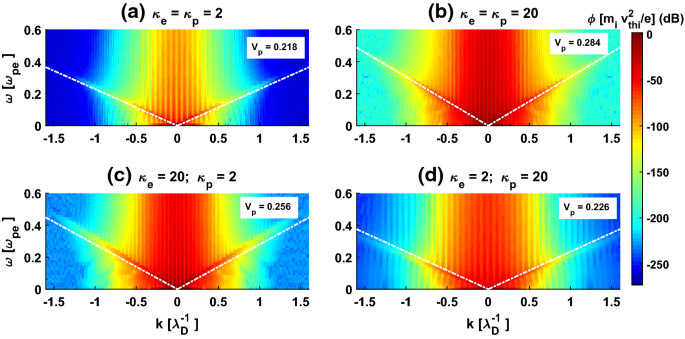
Fluid simulation of ion acoustic solitary waves in electron–positron–ion plasma

PPT) Plasma waves in the fluid picture I Langmuir oscillations and waves Ion -acoustic waves Debye length Ordinary electromagnetic waves General wave equation

Plasma waves in the fluid picture I Langmuir oscillations and
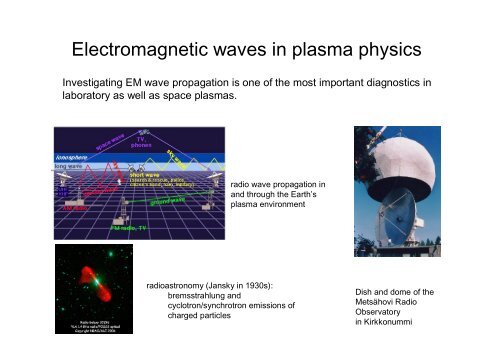
Electromagnetic waves in plasma physics

Acoustic Waves - From Microdevices To Helioseismology, PDF, Normal Mode

Applied Sciences, Free Full-Text

Lecture 8 - Electron plasma waves, ion acoustic waves

Electron Plasma - an overview

Plasma physics by Dr. imran aziz
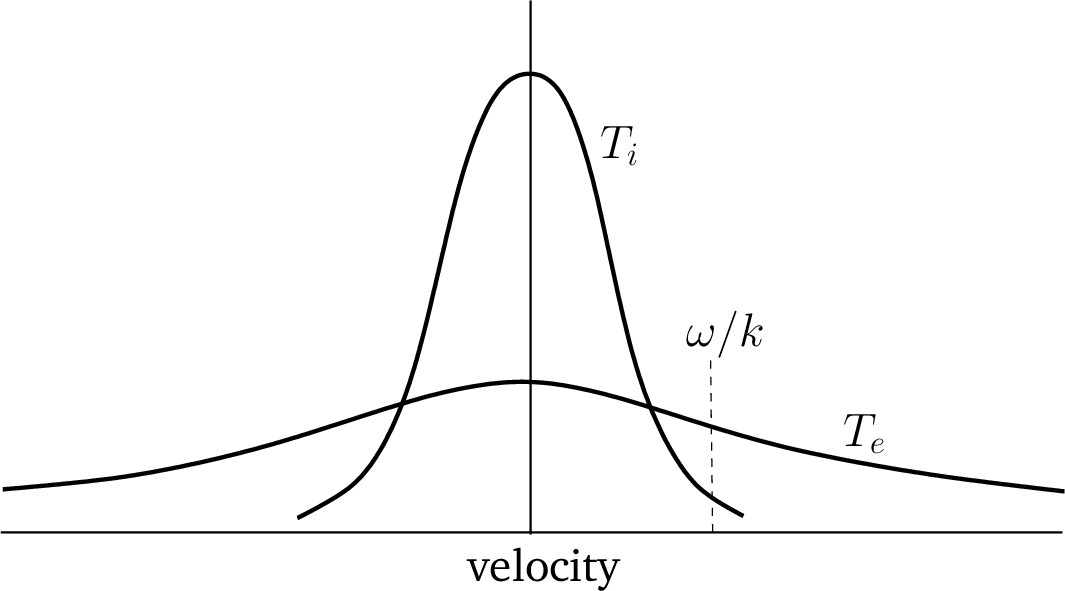
Ion Acoustic Waves
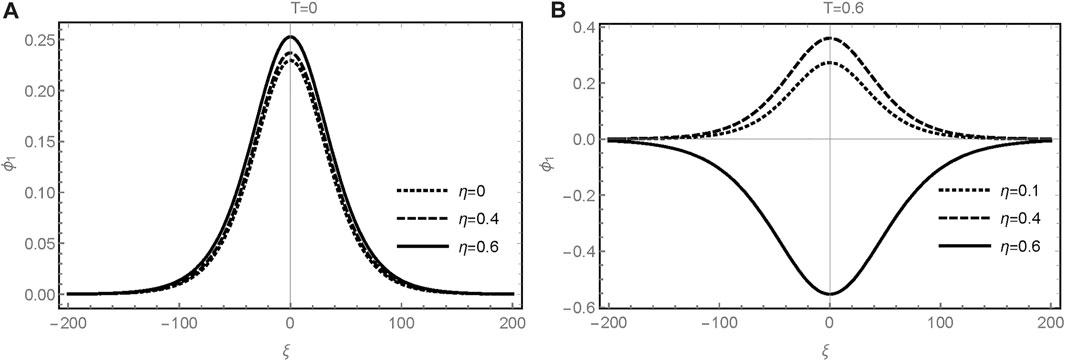
Frontiers Nonlinear Ion-Acoustic Waves in Degenerate Plasma with Landau Quantized Trapped Electrons





